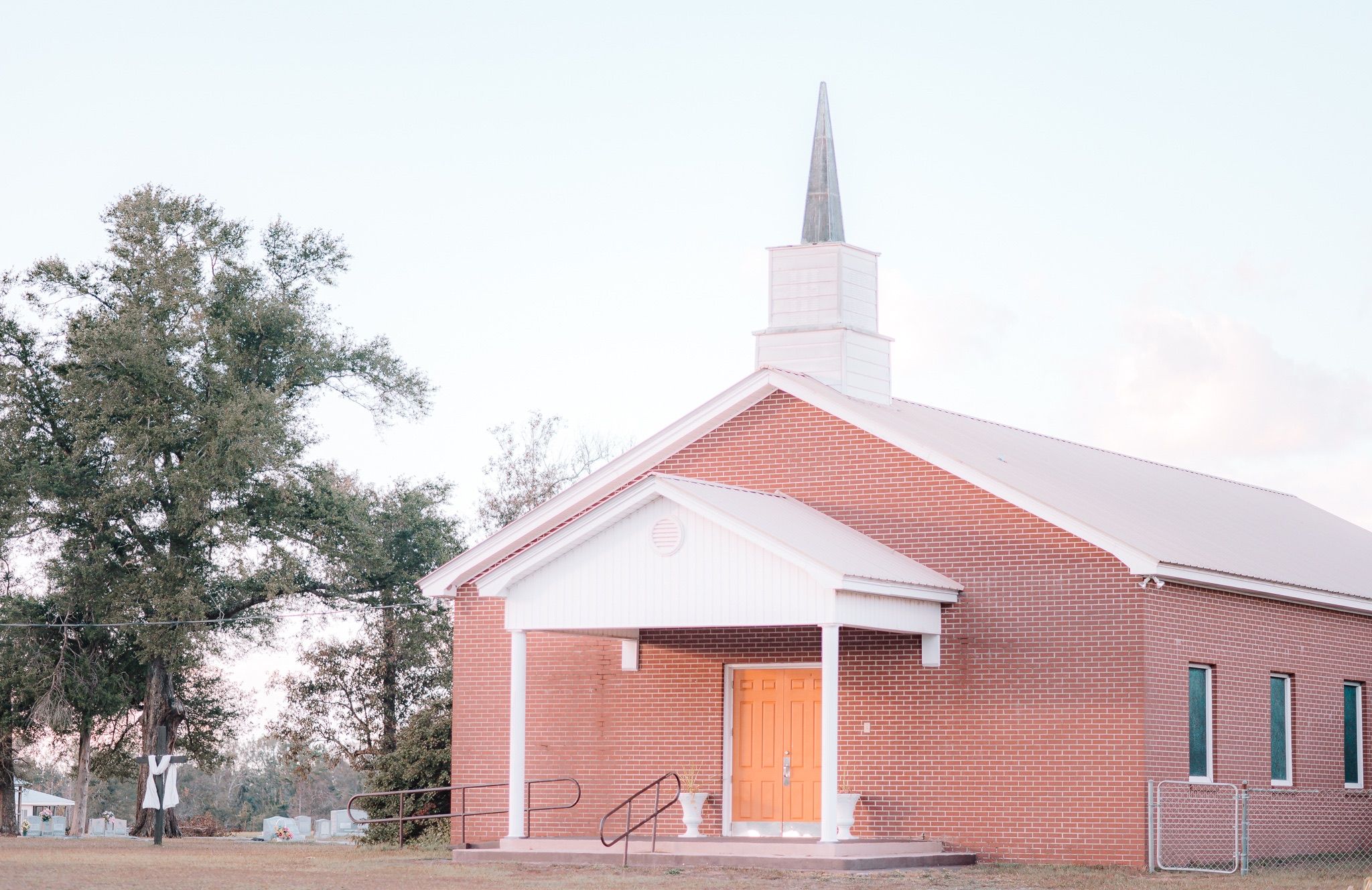Long-Tenured Pastors Can Still Lead in Church Renewal
Long-Tenured Pastors Can Still Lead in Church Renewal
Is it ever too late for a pastor to lead his congregation toward church renewal?
In the replanting and revitalization world, there has been much discussion on the barriers to church renewal. One of those topics has been the tenure of the existing pastor.
Replanting is usually described as the decision to close an existing church and re-launch it as a new church with new leadership, new name, new identity, new governance, new ministry approach and overall new philosophy of ministry.
Although this is one of the ways to describe replanting, there are different variations of church renewal, such as church revitalization, fostering, and merging.
Still, the question remains. If a church needs to enter into a renewed effort and process, does the existing, tenured pastor need to go?
In this week’s podcast, Jimbo and Bob discussed this vital topic and clarified where some may be confused. The answer is yes: a long-tenured pastor can certainly lead toward church renewal. But it takes some clear thought, a considerable commitment, and the power of God working through the Pastor and congregation.
To highlight some of the discussion, here are three things that must be stressed when a long-tenured pastor wants to lead a church toward church renewal.
A Renewed Pastor
Every faithful pastor who cares about his church is concerned about his church’s spiritual health. Pastors might implement different strategies and approaches to help their church engage their community, reconnect to their mission, and focus on discipleship. I’ve talked to older pastors who have commented: “Many of us have been doing ‘church revitalization’ before it became a system or a process.” That’s encouraging.
It tells us that a true pastor’s greatest desire is to lead his congregation in the best way that honors God and grows God’s kingdom. Those qualities should be applauded and celebrated.
But there is a difference between slowly implementing different methods vs. trying to enter into a new season of renewal for a church. Church Renewal often takes an intentional, set-apart initiative that is time-bound and goal-oriented. Sometimes, it can be easier for a church to “start from scratch” and get a new pastor. This can often result in forced termination. Do we think that a church can be renewed entirely by just switching leadership? Although this may help sometimes, it can speak even better testimony if a church engages in a new process with the same tenured leadership.
A long-tenured pastor may face the barrier of staleness and an inability for his congregation to follow him or try something new. But if a church is to be renewed, it must take a dedicated effort. A long-tenured pastor can lead this way, but they must focus first on their own renewal.
This can begin with a pastor taking a sabbatical and personally resting from the work of ministry to have somewhat of a “restart.” During that time, that pastor should do some prayerful personal evaluation and possibly reach out to others for training on church renewal. Pastors committed to the long haul must commit to seeing it through.
In a situation like this, a pastor must get some perspective and insight from others. As difficult as it may be, it helps to reach out to congregants and those outside the church to ask the questions:. How am I doing? How can I be a better pastor? What do you see from the outside that you think will help our church? These questions can sometimes be painful, but we all have blind spots we must be aware of.
Working with others, decide what your strengths and weaknesses are and how you can come back ready to lead your church in an intentional process toward renewal.
A Hungry Church
If a church is not hungry and thirsty for God’s righteousness, a new pastor or a tenured pastor will change nothing. Church renewal occurs when God’s people draw near to him, ask him to reveal sin in their church, and seek his face daily through prayer. Church renewal happens when there is a revival of the church’s holiness and mission.
If a church enters a renewal process, it must enter a season of prayer and anticipation. The leadership of a church communicates this through meetings and regular communication. It helps to set up a time-bound goal. At the first church we began serving towards Revitalization, we created a booklet called “90 Days of Prayer.” We challenged the church to enter into that season of seeking God together. This set up the stage for leading them to reconnect to their community and mission partners down the road.
 We’ve talked before about creating a sense of “holy discontentment.” By conviction of leadership, help your church see that there’s something wrong. You’ll have to lead your church in some strong evaluation and rightly define reality. There are several different resources to do this. It can be tempting to jump from one Bible Study to another. But, a great leader will often go through a Bible study and then spend weeks leading his church in the application utilizing different functions and ministry.
We’ve talked before about creating a sense of “holy discontentment.” By conviction of leadership, help your church see that there’s something wrong. You’ll have to lead your church in some strong evaluation and rightly define reality. There are several different resources to do this. It can be tempting to jump from one Bible Study to another. But, a great leader will often go through a Bible study and then spend weeks leading his church in the application utilizing different functions and ministry.
For example, most of you probably have read or at least heard of the classic Bible study book, “Experiencing God” by Henry Blackaby. Thirteen weeks. What a great study! What great information! But how will you take this study and point to its application regularly? How will you help your church see where God is working and join him in that work? Let us not forget the words of Jesus: “Blessed is he who hears these words of mine…and does them.”
Church renewal cannot rise and fall on the pastor. If this happens, a church is not dependent on God. They are dependent on a man. If a church is hungry for a “new pastor” but they aren’t hungry for God, church renewal will never take place.
An Intentional Culture
Lastly, for church renewal to take place through a tenured pastor, the culture of a church must also change. “Business as normal” must be challenged and shaken up.
When we began leading our first church in revitalization, one of the first changes we wanted to make was to start worshipping together in the old sanctuary, which was much smaller than the new. The new sanctuary sat about 300 people, but only 12-15 were regular attendees. Moving into the old sanctuary created a sense of authenticity and reminded us that we were one family gathering together. 
A long-tenured pastor must intentionally lead the church in a defined, new direction. He must also be able to communicate it clearly and compellingly. That message must be amplified as much as possible.
It’s essential to cast a simple but compelling vision statement. Where do you want to see your church in five years? In ten years? When you have “wins,” celebrate them regularly and build momentum.
There are many resources to help in your efforts. But one of the best resources is right here on this website! Many blogs, podcasts, and resources are here for you to browse through how to lead your church in these efforts. If you’re a long-tenured pastor seeking to lead your church in renewal, consider these things and implement them. It may very well be that God is not finished with your season of ministry at this church.















